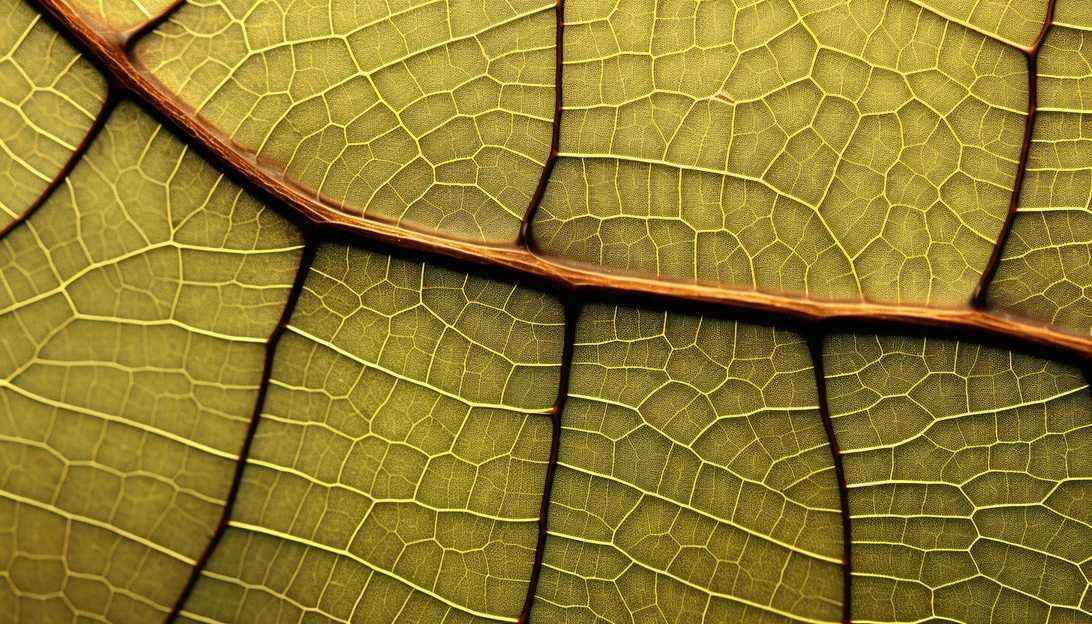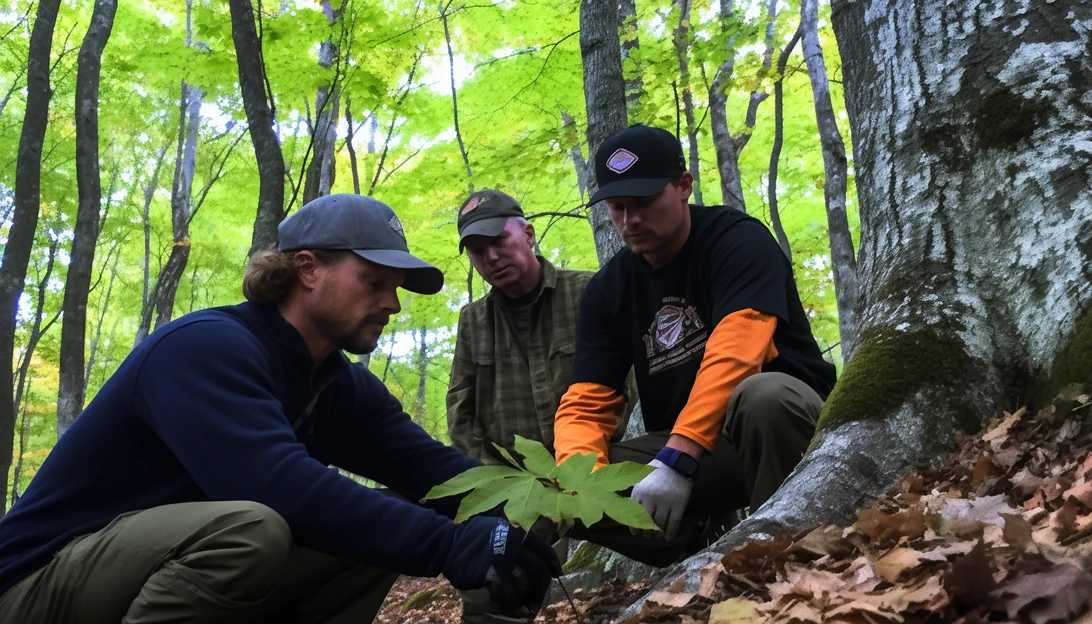Environment
published : 2023-10-21
Beech Leaf Disease Strikes Vermont for the First Time, Puzzling Officials
Invasive Worm from Japan Causing Havoc on Beech Trees

A mysterious and devastating disease has made its way to the lush forests of Vermont, leaving officials bewildered and concerned. Known as Beech Leaf Disease, this affliction caused by an invasive worm has recently been confirmed in the state for the first time in history.
Vernon, a serene town nestled in the southeastern part of Vermont, is the unfortunate epicenter of this unprecedented outbreak. In early October, samples collected from affected areas were sent to the esteemed U.S. Department of Agriculture lab. After rigorous analysis, their worst fears were confirmed—the presence of Beech Leaf Disease.
Originally hailing from the distant shores of Japan, this invasive nematode has wreaked havoc on native and ornamental beech species, leading to leaf deformation, dieback, and ultimately, the heartwrenching demise of these magnificent trees. Alarming reports have surfaced from 14 states across the United States, with Ontario, Canada also grappling with this insidious tree killer.

Maryland, New Hampshire, Maine, Massachusetts, and Rhode Island have all succumbed to the relentless invasion of this alarming worm in previous years. Now, Vermont joins their ranks, raising concerns among forestry officials who are struggling to comprehend the mysterious spread of the disease and its devastating consequences.
The visual manifestation of this horror story is haunting. Beech leaves, which once stood as emerald sentinels of the forest, now bear testament to the tragedy that has befallen them. In the early stages of infestation, a peculiar striping pattern emerges between the delicate veins of the leaves. In severe cases, the stripes become slightly raised or thicker than normal tissue, leading to deformation, premature leaf dropping, and widespread dieback.
But what sends shivers down the spines of experts is the rapid pace at which the disease spreads, especially among younger trees. Saplings and understory beeches, struggling to find their place in the forest, are being ruthlessly eliminated by this ruthless invader. The grim reality is that there is no cure, leaving officials grasping for answers in the face of this silent, unstoppable onslaught.

In a desperate bid to combat this menace, Vermont forest health specialists are reaching out to the public for help. They implore the community to report any areas that have been struck by Beech Leaf Disease, hoping that increased awareness can slow down the spread and potentially save some of these majestic trees from their untimely demise.
As the clock ticks and the fate of Vermont's beech trees hangs in the balance, the urgency to solve the mysteries of this unprecedented invasion intensifies. The haunting beauty of beech forests could vanish before our eyes if we do not join forces to protect them. Let us stand united in this battle against the invasive nematodes from Japan, for the sake of our natural heritage and the future of our forests.
